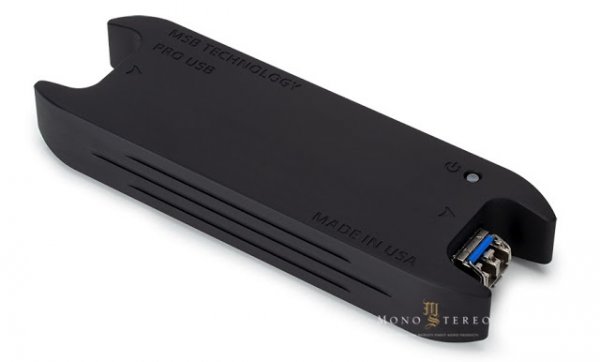Thanks for the explanation
@Taiko Audio. From what you're describing, it sounds like the Boulder has sufficient processing power to handle the processing required to act as a render in an ethernet, without the need for an intermediary USB to ProISL interface.
The Boulder does LESS than the MSB Renderer does, as it is not Roon compatible. It is in effect similar to a 5 year old Renderer v1.
Frankly, UPNP is old, archaic technology, that should be put to rest. Even Linn, that helped improve UPNP with their OpenHome protocol, has moved on to support Roon.
I'm sure Boulder is working on a new model, with Roon compatibility. But as it stands, it lags severely behind the MSB, and you can't say they both do the same thing.
The new MSB module has NOTHING to do with Ethernet, network, etc. It is a USB>ProISL converter. Remember way back, when no DAC had USB, and you had to buy those USB>SPDIF converters? This is like that, only it converts to a superior (to MSB DACs of course) format, one that carries signal and clock separately, and actually slaves the transport to the DAC's clock.
I only mentioned comparing it to an Ethernet/Renderer based solution as that's my current preference for sound quality, over any other solution, USB, AES, etc. There's a good chance this box might bring USB back to relevance, at least with MSB DACs.



